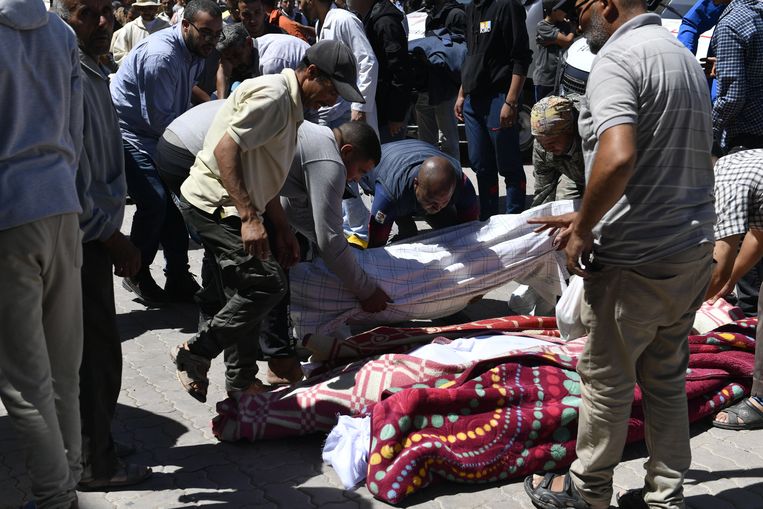The earthquake in Morocco is not unexpected. This is what Professor Manuel Sintubin, geologist at KU Leuven, says. “The Atlas Mountains, where the epicenter is located, have a history of heavy shocks,” he says. According to Sintubin, the most damage will be in remote areas. In the short term, the affected region will also have to take aftershocks into account.
Sintubin himself conducted research in the high Atlas Mountains, where the earthquake was most felt. “In those mountain villages, the buildings are not earthquake-resistant. They are often older buildings, of lower quality. In the cities, where more modern techniques are used, the effect of the shock will remain limited. Apart from the difference in force, this shock is not comparable to the disaster in Turkey where building regulations were not adhered to.”
At the same time, there would also be damage in the major city of Marrakech, 70 kilometers from the epicenter. “More damage than we would expect at that distance, but Marrakech is built on looser ground. It is not very good at absorbing shocks and amplifies the shock a bit,” said Sintubin.
Aftershocks are certainly an issue, the geologist explains. “A fault segment has moved in the subsurface and it now has to find a new equilibrium. As a result, new faults will become active, which will also cause aftershocks up to magnitude 6.” According to the professor, these will occur frequently in the first hours and days and then quickly decrease in number.

